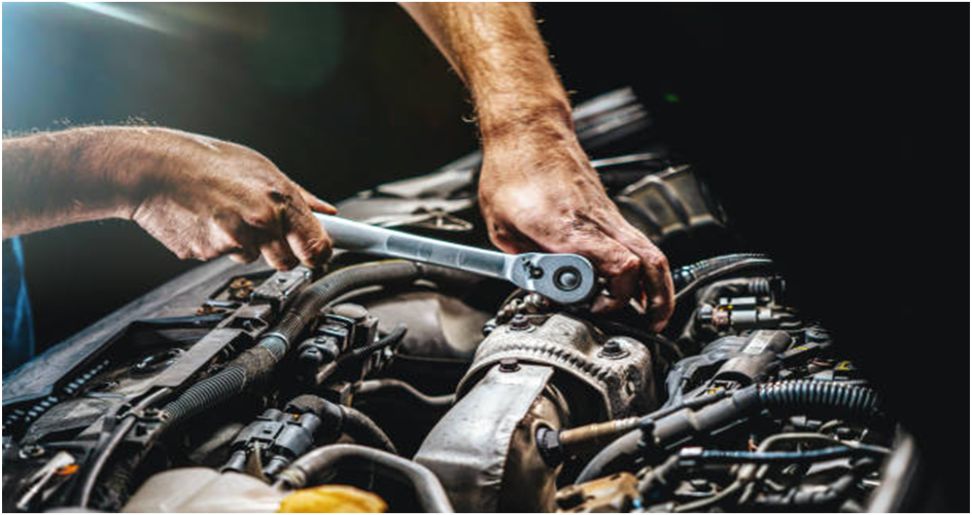Maintaining a vehicle in optimal condition is crucial for ensuring safety, efficiency, and longevity. A comprehensive car maintenance checklist is essential for keeping your vehicle running smoothly. This guide will walk you through the key elements of creating an effective checklist, focusing on essential maintenance tasks and considerations, including visits to a tyre shop and auto repair services.
1. Importance of a Car Maintenance Checklist
A well-structured car maintenance checklist helps in tracking and performing regular maintenance tasks. This not only prevents unexpected breakdowns but also enhances the vehicle’s performance and extends its lifespan. Regular maintenance can also contribute to better fuel efficiency, reduced repair costs, and a safer driving experience.
2. Engine and Transmission
Oil Changes: Regular oil changes are vital for engine health. Check the oil level and quality monthly, and follow the manufacturer’s recommendations for oil change intervals. This prevents engine wear and improves performance.
Transmission Fluid: Ensure the transmission fluid is at the proper level and in good condition. Most manufacturers recommend checking this fluid every 30,000 to 60,000 miles, but consult your vehicle’s manual for specific guidelines.
Air Filters: Inspect the engine air filter every 12,000 to 15,000 miles. A clean filter improves engine efficiency and fuel economy.
3. Tyre Care
Tyre Pressure: Regularly check tyre pressure using a reliable gauge. Proper tyre pressure ensures better fuel efficiency, handling, and safety. The correct pressure levels are usually found on the driver’s side door jamb or in the owner’s manual.
Tyre Tread Depth: Measure the tread depth to ensure adequate traction. A tread depth gauge or the penny test can be used. Replace tyres when tread depth falls below 2/32 of an inch.
Rotation and Alignment: Schedule tyre rotations every 6,000 to 8,000 miles to ensure even wear. Regular alignment checks help prevent uneven tyre wear and improve vehicle handling. For professional tyre services and guidance, consult a reputable tyre shop.
4. Braking System
Brake Pads: Check brake pads regularly for wear. Most pads have a built-in wear indicator that produces a squealing noise when they need replacement. Replace them as needed to avoid damage to the braking system.
Brake Fluid: Ensure the brake fluid is through the recommended level with pretty good condition. Brake fluid must be also replaced by every 2 years or as recommended by the manufacturer.
5. Battery Maintenance
Battery Inspection: Inspect the battery for corrosion on the terminals and ensure it is securely mounted. Clean terminals if needed and check the battery charge regularly.
Battery Replacement: Most car batteries last between 3 to 5 years. If you experience starting issues or frequent electrical problems, it might be time for a replacement.
6. Lights and Electrical System
Headlights and Taillights: Regularly check that all lights are functioning correctly, including the headlights, tail, brake lights, and turning the signals. Replace any burned-out bulbs immediately.
Electrical System: Ensure that the vehicle’s electrical components, including the alternator and fuses, are in good working condition. This helps prevent electrical failures and ensures the smooth operation of your vehicle’s systems.
7. Heating and Cooling System
Coolant Levels: Check coolant levels regularly to avoid overheating. The coolant should be replaced as per the manufacturer’s recommendation, typically every 2 to 5 years.
Heating and AC: Ensure that both the heating and air conditioning systems are functioning correctly. Regular servicing helps maintain comfort and prevents system failures.
8. Interior and Exterior Checks
Wipers and Washers: Inspect wiper blades for wear and replace them if they are not effectively clearing the windshield. Ensure the windshield washer fluid is always topped up.
Exterior Condition: Regularly inspect the vehicle’s exterior for any signs of damage, rust, or wear. Addressing these issues promptly can prevent further deterioration and maintain the vehicle’s appearance.
9. Auto Repair Services
Even with a thorough maintenance checklist, some issues may require professional attention. Regular visits to an auto repair shop can help address more complex problems that may not be detectable through routine checks. Professional technicians can provide in-depth diagnostics and repairs to ensure your vehicle remains in top condition.
Choosing an Auto Repair Shop: Select a reputable auto repair shop with experienced technicians and positive reviews. Ensure that they offer a range of services, including diagnostics, repair, and maintenance, and have a history of providing quality service.
10. Creating a Maintenance Schedule
To effectively manage your vehicle’s maintenance, create a detailed schedule based on the manufacturer’s recommendations and your driving habits. Include reminders for routine checks, such as oil changes, tyre rotations, and brake inspections. Utilize apps or digital tools to track maintenance tasks and set reminders.
Conclusion
A well-organized car maintenance checklist is essential for maintaining your vehicle’s performance, safety, and longevity. By incorporating regular checks for the engine, tyres, brakes, battery, and other critical systems, and leveraging the expertise of a tyre shop and auto repair services, you can ensure that your vehicle remains in optimal condition. Regular maintenance not only enhances your driving experience but also protects your investment in your vehicle.
Read Also:

